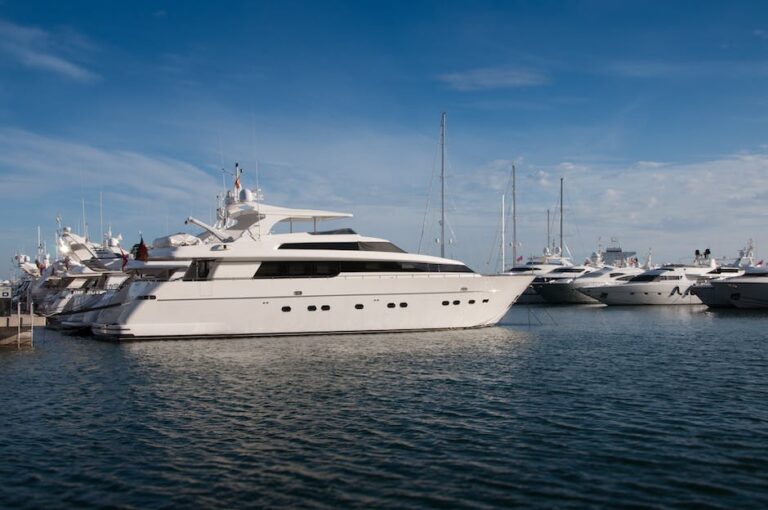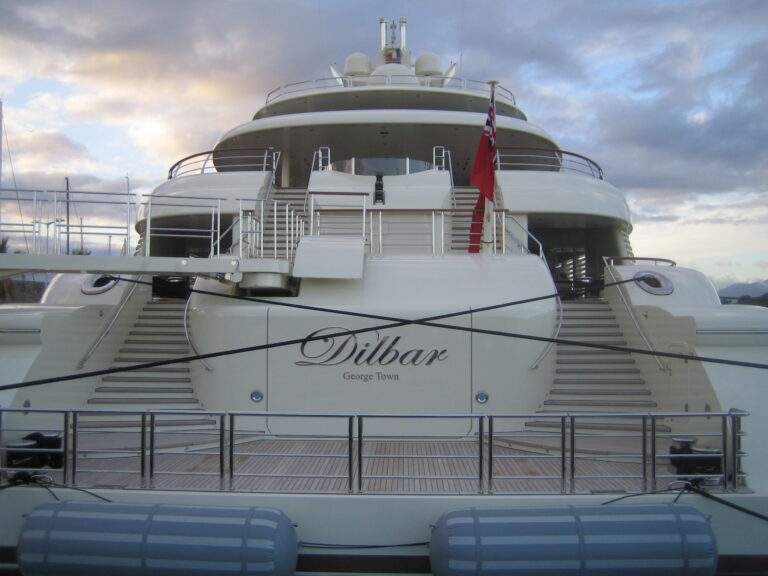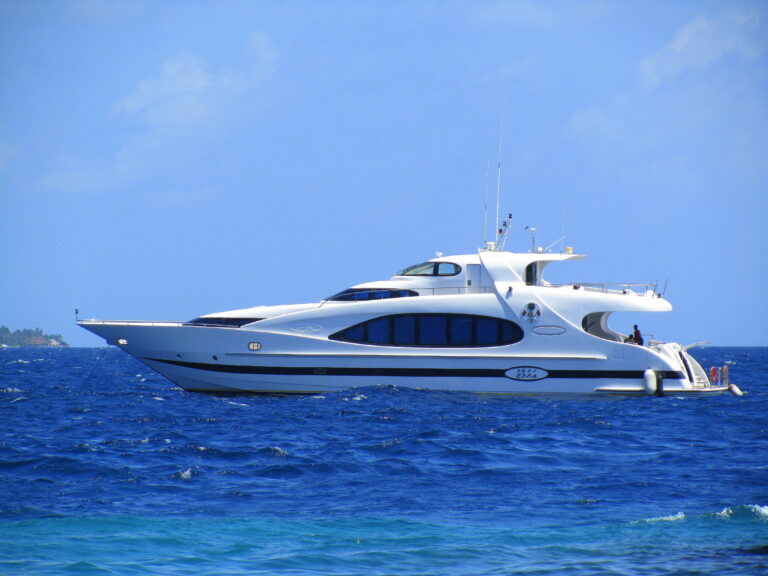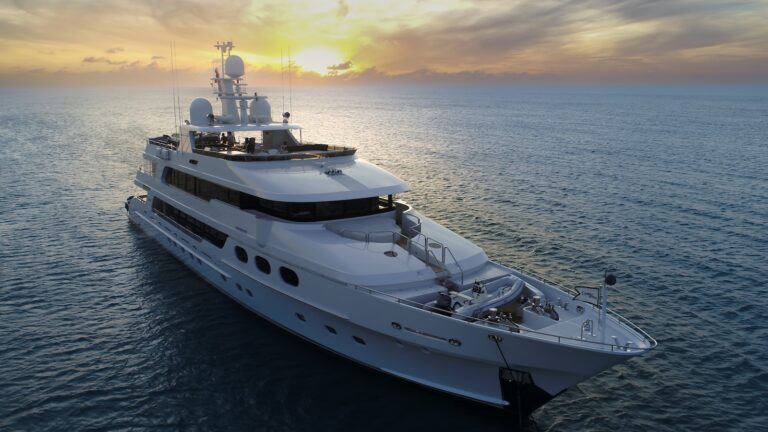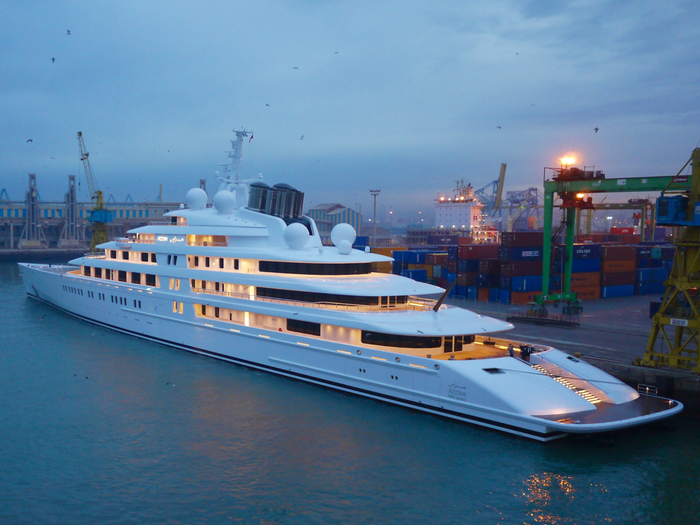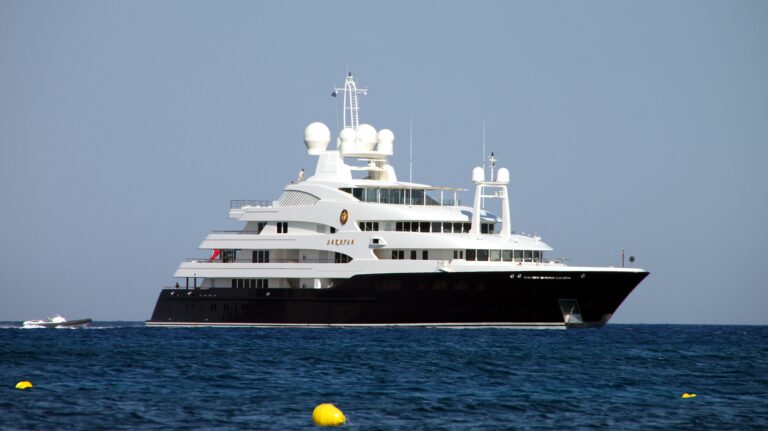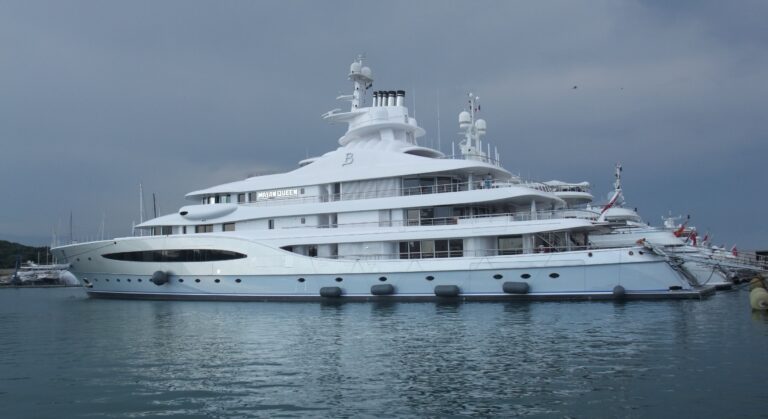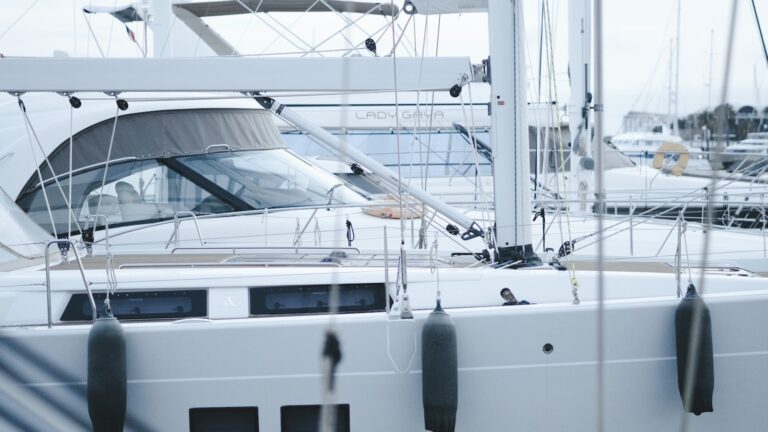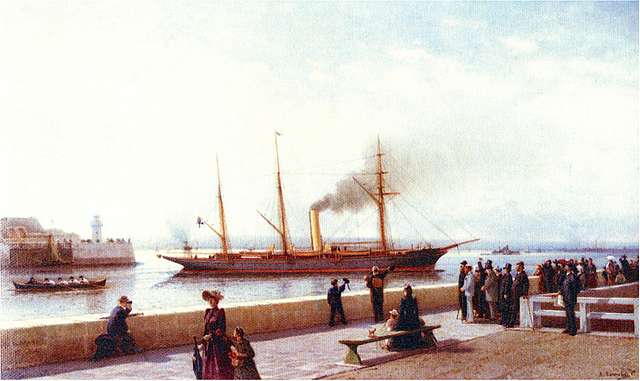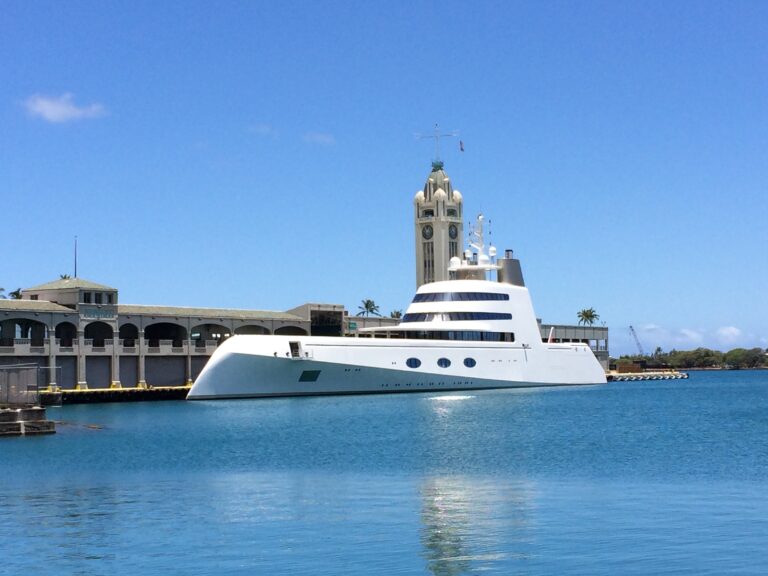Why Are Yachts Female
Have you ever wondered why yachts are referred to as “she” instead of “it”? This seemingly peculiar tradition has deep-rooted origins dating back centuries. Sailors regarded these vessels as strong yet mysterious entities, much like women. Their elegance, power, and ability to weather storms parallel feminine characteristics. While it may seem unconventional, this tradition persists in the world of yachts, reminding us of the timeless connection between nature and human perception.

